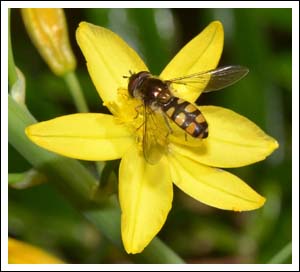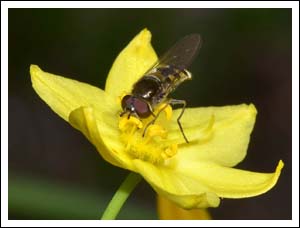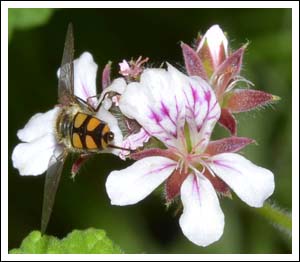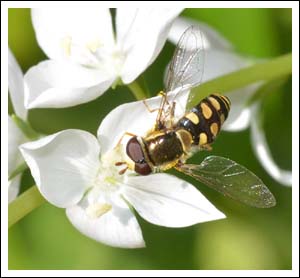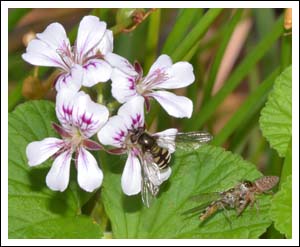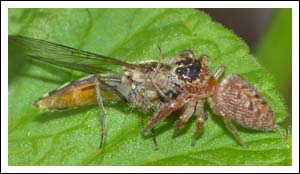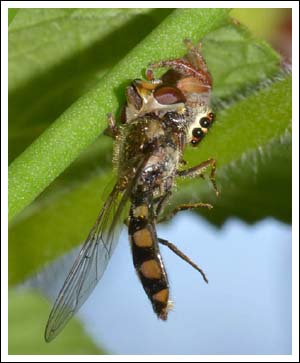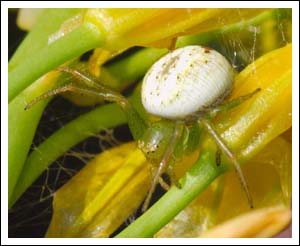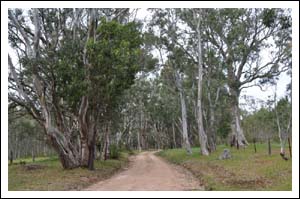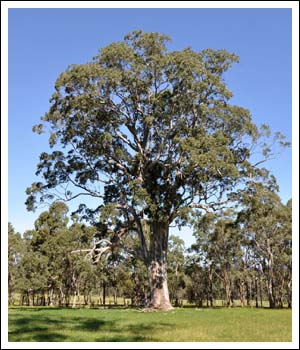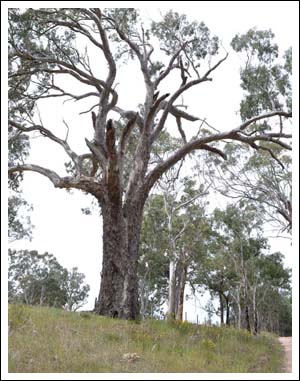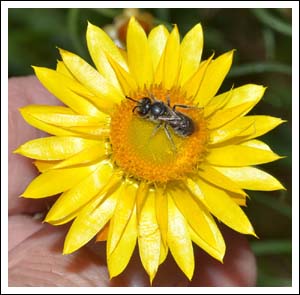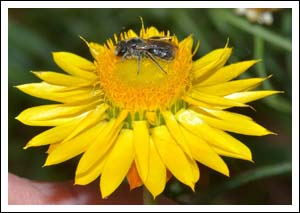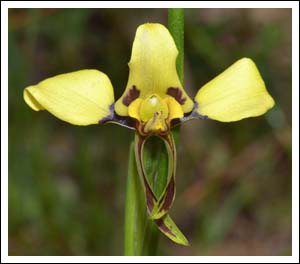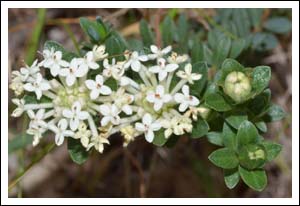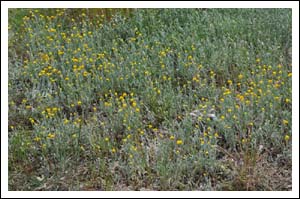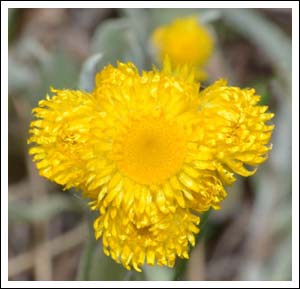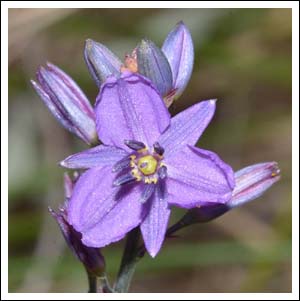Much of Eastern Australia is experiencing the appearance of very large numbers of hoverflies, they are certainly in the garden in unprecedented numbers, as are Painted Lady butterflies. The abundance of hoverflies has been attributed to climatic conditions with unseasonal rain, and that has been the case locally with showery weather predominating week by week. Luckily they are a beneficial insect, the larvae of some species are aphid and scale insect predators, the adults feed on nectar and pollen. With many plants for native bees in flower, the hoverflies have a plentiful supply of pollen, and they are taking full advantage of it as depicted in the following images.
On Bulbine bulbosa.
On Pelargonium australe.
On Bill Cane’s white Veronica perfoliata.
The beckoning flowers though hold hidden dangers for the hoverflies, in this case, lurking in the pelagonium, a jumping spider, Opisthoncus species.
And with its minimal web in a bulbine, a tiny lynx spider, the remains of whose recent meal dropped to the ground while photographs were being taken.
Click images to enlarge.

